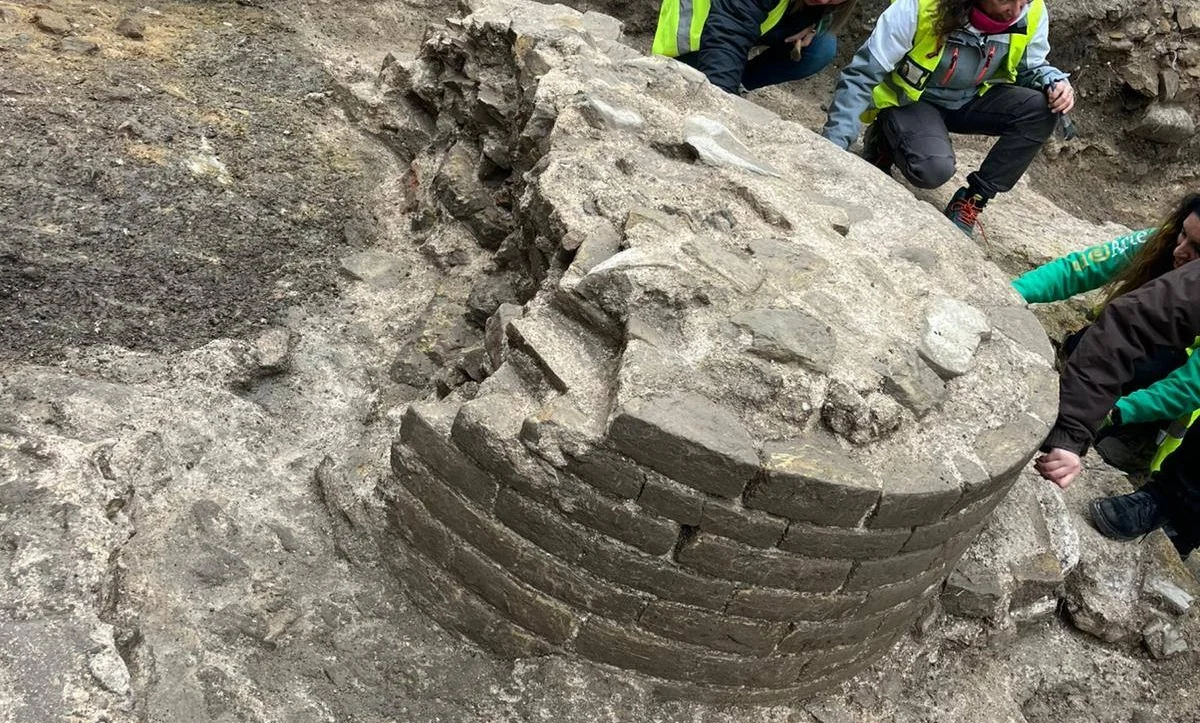Cuneiform tablets discovered at Hattusas (Hattusa), capital of the Hittite Empire in the Bronze Age, near modern Boğazkale, Turkey, contain detailed bibliographical entries.
Apology of Hattusili III
Collection catalogue tablet from the Hattusas Palace Archives. Hattusa, Turkey, photo: Edouard d'Erasme
The Apology of Hattusili III is a Hittite text which features King Hattusili III (1267-1237 BC) recounting how, under the benevolent protection of the goddess Shaushga , he rose to the head of the kingdom of the Hittites. It is a document of major interest for understanding the history and historiography of the Hittite Empire in the 13th century BC. J.-C.
The singularity of this text, which is one of the only Hittite texts belonging to the genre of royal apologetics 2 , is explained by the exceptional circumstances which saw Hattusili come to power. The younger son of King Mursili II , Hattusili was not destined to become ruler of a kingdom where power passes from father to eldest son; he should have remained a secondary character at court and stood aside before his nephew Urhi-Teshub. However, this is not what happened: after a civil war, the legitimate claimant, Urhi-Teshub, found himself exiled, while Hattusili became Great King of the Hittites. This violent rise to power had every chance of passing for a usurpation; therefore it had to be legitimized and justified. This is what the editor of this text, which the moderns call, in the absence of an original title, the Apology of Hattusili III, used .
The text consists of fourteen paragraphs and extends over two tablets 3 . Emmanuel Laroche listed it as the 81st text (CTH 81) of his Catalog of Hittite Texts . The specimens that are at our disposal, in a more or less fragmentary state, have all been discovered in the eastern stores of the Great Temple (Temple 1) of Hattusa , capital of the Hittite kingdom ( approx . 18th – 12th century BC). The text is largely based on manuscript KUB I 1 5 .
"Each entry begins by giving the number of tablets that made up the work being recorded, just as modern catalogues give the number of volumes in a mult-volume publication. The entry identifies the work itself by giving the title, which may take the form of citing its first line, or by giving a capsule description of the contents. Then it tells whether the table marked the end of the work or not. At times the entry includes the name of the author or authors, or adds other useful information.
"In addition to noting missing tablets, the entries now and then provide information about shelving. There is an entry, for example, which in listing a work that happens to be in two tablets notes that 'they do not stand upright'; presumably, in the part of the palace holdings represented by this catalogue, most tablets were stored on edge while these two, exceptionally, lay flat.
[…] The catalogue, it would seem, was of one particular collection that, to judge from the contents, was for use by the palace clergy. It would have been an invaluable tool: any priest who needed a ritual for a given problem, instead of picking up tablet after tablet to read the colophon if there was one, or some lines of text if there was not, had only to run an eye over the entries in the catalogue. It was a limited tool; the order of the entries is more or less haphazard (alphabetization, for example, lay over a millennium and a half in the future) and they give no indication of location. But it was, no question about it, a significant step beyond the simple listing of titles of the Nippur tablets.
"The finds at Hattusas, in short, reveal the development of procedures for organizing a collection of writings. The palace holdings were certainly extensive enough to require them; the catalogue alone, representing as we have seen, just the clergy's working library, lists well over one hundred titles."
(Casson, Libraries in the Ancient World [2001] 5-8).







